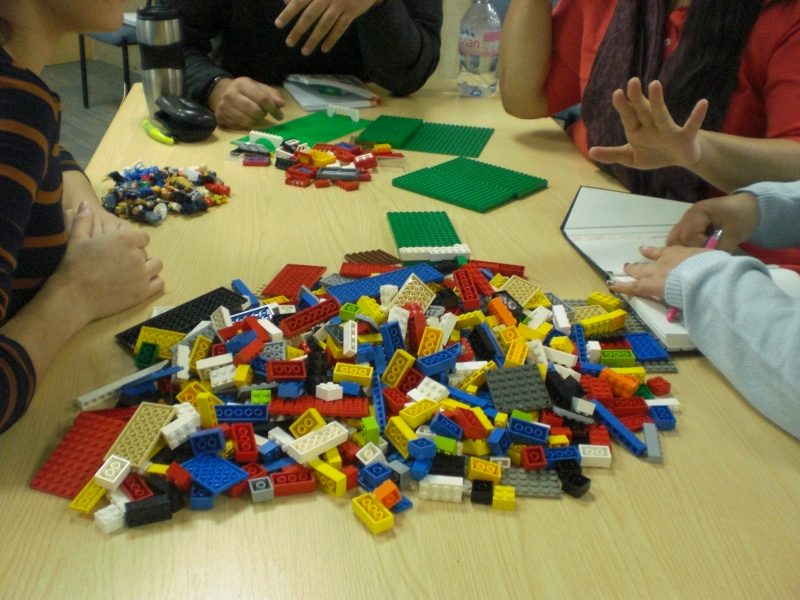
Source: N Brown
Using creative methods to reflect
I have discussed the relevance of reflections, models for reflections and how to keep journals in previous posts. All these posts identify and categorise reflections as verbal and written processes. Whilst reflections are indeed heavily reliant on our reformulating and analysing experiences, we are limiting ourselves if we solely rely on the written word. Experiences are multi-sensory: we feel, we smell, we hear, we move, we touch. Therefore, our expressions of experiences and subsequent reflections could take these into account, too.
This is why I have introduced two different creative ways to reflect: a river and Lego model-building.
The starting point for the reflections
Initially, when students are unfamiliar with these tasks I provide some additional support by guiding their creative activities using a model of reflection they are comfortable with and have applied before. The model by Rolfe et al. is usually an easy start and so I project the questions what?, so what?, what now? onto the whiteboard, so learners are able to refocus at any time during the creative process.
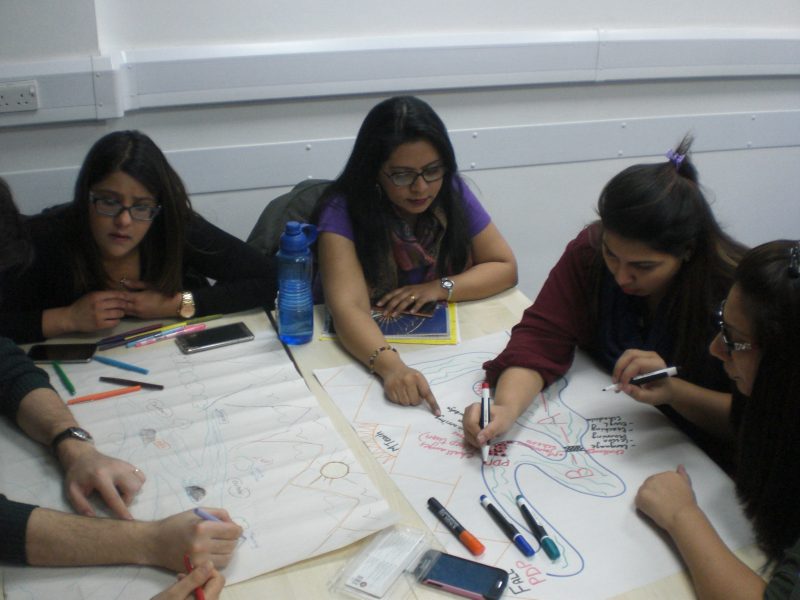
Source: N Brown
The river reflection
Instead of providing written answers to the questions, learners are asked to draw a river. Students have to think of a range of natural and man-made features in a river, such as canals, rapids, waterfalls, locks, bridges, stepping stones. They then have to draw their river from source to mouth including the features they feel are relevant to them. The river represents a reflective journey answering the questions.
Buildi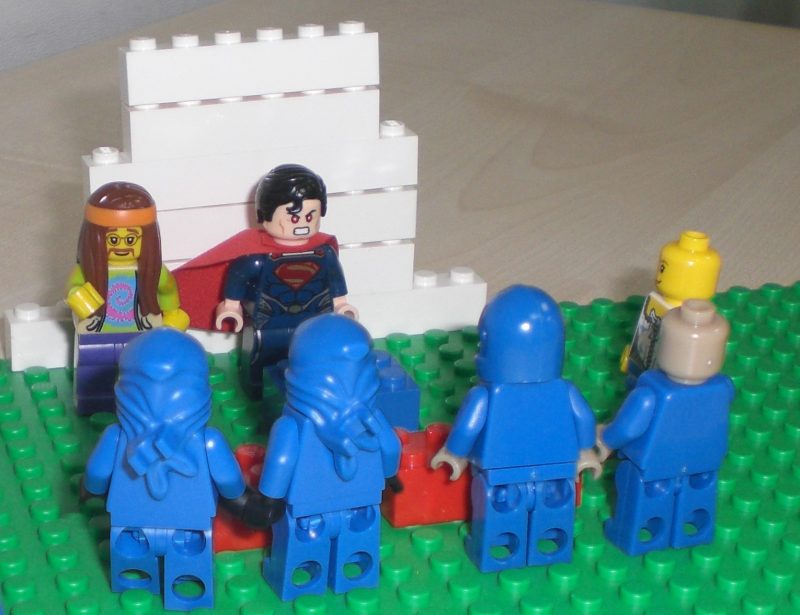 ng a Lego model
ng a Lego model
Learners are provided with a wide range of traditional, multi-coloured Lego bricks, some Lego people and some special features like windows, doors and arches. The task is then to build a model that symbolises learning through reflection on an experience.
Non-verbal reflections?
In both activities verbalisation is still required because learners need to explain their river with the distinct features and their Lego models. Because learners attach particular meanings to specific features of their models or rivers, the verbalisation stage is a meaningful and necessary phase within the entire creative reflection process, although the outcomes are graphic or visual representations.
Why reflect in a creative way?
By working with metaphors and symbols in that way the reflective activity itself pushes learners towards deeper levels of engagement with what happened. As a second stage, learners can then use their river and model to reflect on their reflections and the processes of reflecting itself, thus gaining greater insights, reflecting more deeply and developing new understandings.
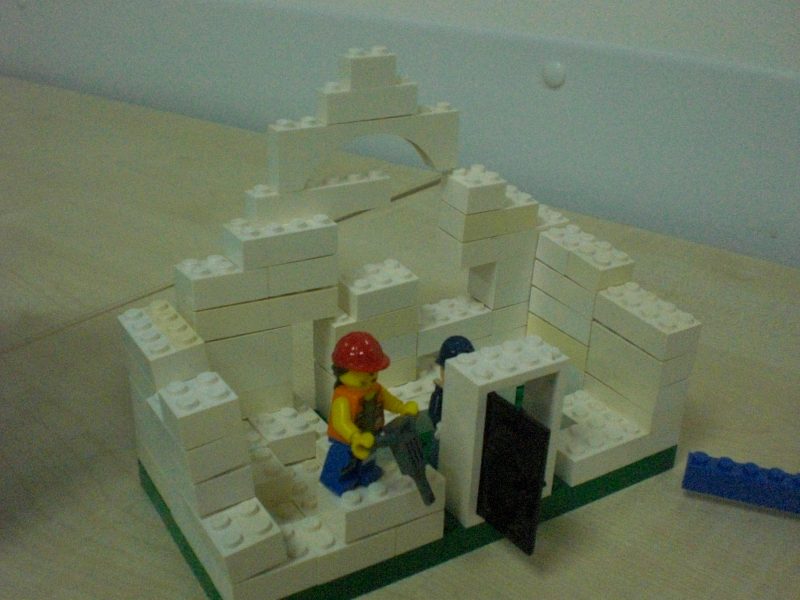
Source: N Brown
“Initially, our understanding of learning was rigid, structured. That’s why it is all white.”
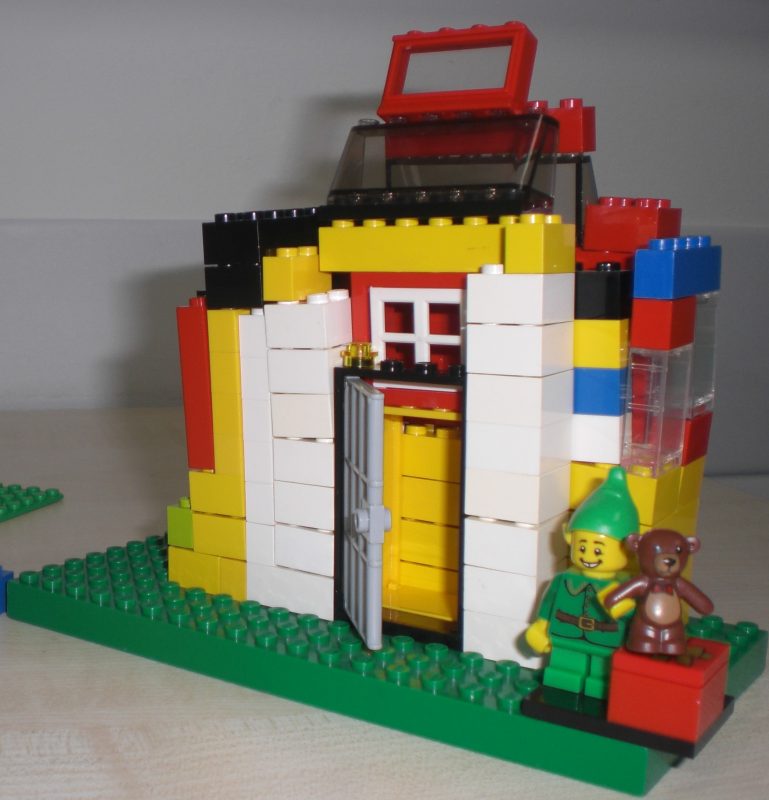
Souce: N Brown
“But now we can see other ways. That’s why there are doors and windows and colourful bricks. And the Christmas elf shows that we are now understanding what our students need, that we understand them better.”
Leave a message: